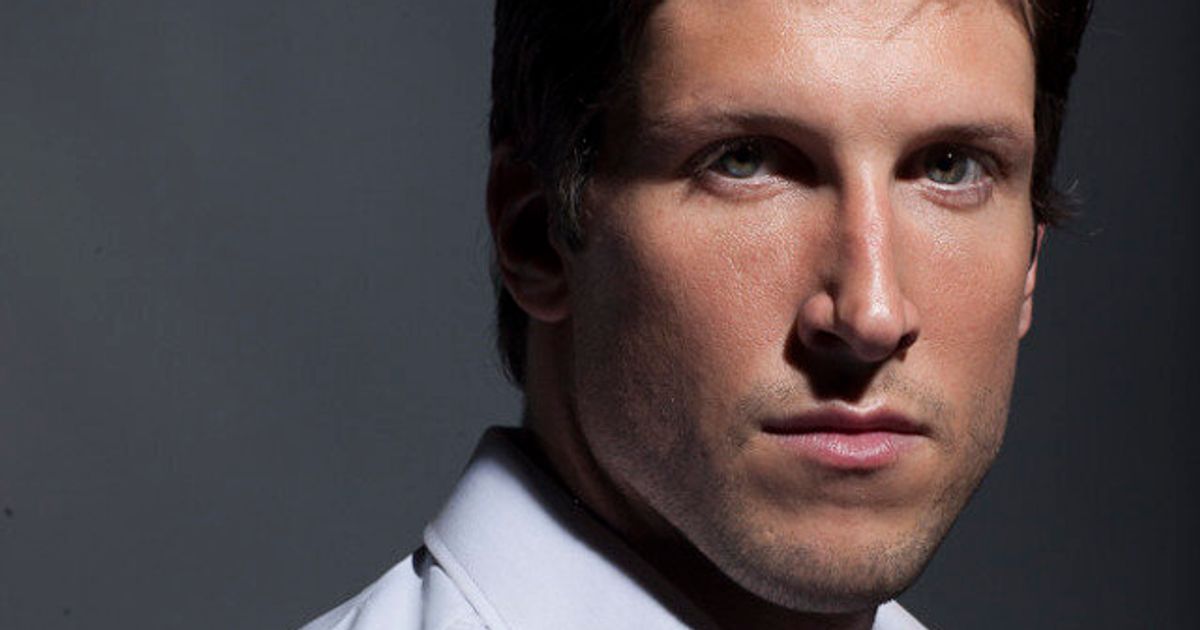Archaeological excavations at Le Plateau-Mont-Royal have recently uncovered a fountain believed to have been at the entrance of a former zoo and botanical garden where 19th-century Montrealers admire hippos, a cistern-dwelling whale and acrobatic acts could. Jonathan Choronzey, an archaeologist with Ethnoscop, says the fountain was discovered during roadworks on Avenue des Pins.
“I don’t know if a tourist attraction would be comparable to that today,” he says. Everyone came there, English and French, rich and poor. Everyone came to admire the exotic animals and the shows. The fountain was part of one of Montreal’s first botanical gardens, founded by Joseph-Édouard Guilbault in the 19th century. Mr Choronzey says that this Joseph-Édouard Guilbault was a gardener who moved his garden several times before creating it around 1860 near what is now the Avenue des Pins. This sector was then essentially rural, which allowed him to expand the area of the garden with a zoo and traveling circuses.
Justin Bur, director of the Société d’histoire du Plateau-Mont-Royal, says Mr Guilbault started out selling exotic plants to the wealthy, but he expanded his activities into other forms of entertainment. A poster from 1862 announces the arrival of the Hippozoonomadon circus, featuring “the world’s largest elephants,” a hippopotamus, horses and… comedians. In 1864 a reporter for the Montreal Herald wrote an enthusiastic article about a tightrope walker named Farini whose act was so bold that “many spectators, silently watching him, were amazed at his boldness. »
The newspapers also reported that Mr. Guilbault had hired a hunter to catch a beluga whale – probably a beluga. He had planned to transport the animal in a cistern by train. “This monster is, we are told, the largest animal ever brought from one place to another,” read the Montreal Herald in May 1863, enabling him to win immensely,” continued the journalist, alluding to the famous American Circus man PT Barnum fort, founder of the circus Barnum & Bailey Circus.
The garden housed an ice rink in winter. Historical sources indicate a circus school, picnics, sports fields and plays. “That was long before cinema was invented, long before radio was invented. People needed a real form of entertainment,” says Bur. According to Bernard Vallée, a tourist guide who has studied Montreal Gardens, he describes Mr. Guibault as a “Canadian Barnum” who understood that people needed to get away from their everyday lives. “This entrepreneur had a visionary side. He realized that the citizens of growing cities needed free time, they needed nature. In a context of urban development and misery, they had to flee,” he emphasizes
Mr Choronzey says the fountain is currently the only artifact linked to Mr Guilbault’s garden found during the excavations. With the exception of a small public square nearby, named in honor of Mr. Guilbault, where the pink hippo sculptures were placed, there are very few traces of the city’s first amusement park: Metropolis. Mr Choronzey says the excavations have uncovered artefacts typical of life in the Victorian era, including crockery, house foundations and old toilets. He adds that there are many things buried beneath the streets of Montreal, likely traces of the presence of First Nations, French settlers or 19th-century residents, depending on the sector.
“There’s always some hidden treasure under our feet,” he says.
Photo credit: archive.

Thinker. Professional social media fanatic. Introvert. Web evangelist. Total pop culture fan.







